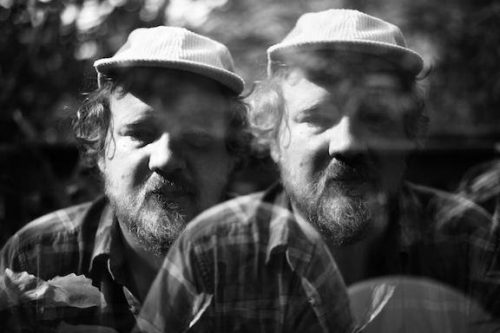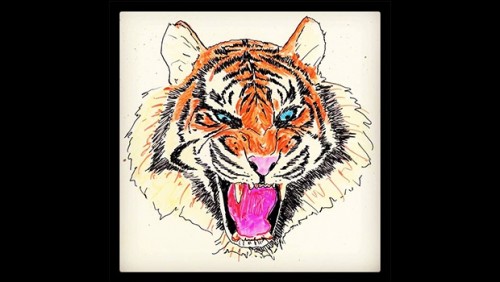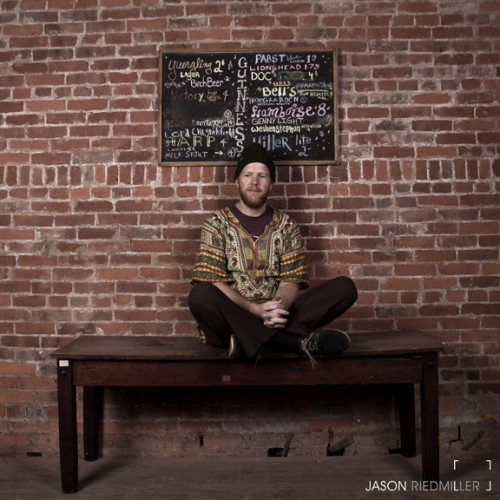Whether fronting beloved indie-folk groups Page France and Cotton Jones or working under his own name, sometimes with his band The Mighty Thread, Michael Nau has blended the familiar with the surprising. His laid-back vocal delivery and lo-fi tendencies have allowed him to carve out a niche in a crowded field that is uniquely his, and nearly 25 years into his career and with five albums of solo material, critical acclaim from taste-making publications greets his recorded work and brisk ticket sales for his concerts follow.
Last year, Nau released “Accompany,” and last month he put out a companion piece called the “Montrose Tape”. He’s sharing both the recent and venerable corners of his catalog on a tour that has been highlighted by several sell-out shows, including in Los Angeles and San Francisco.
The tour continues at Johnny Brenda’s in Philadelphia on March 8 as well as a sold-out slot at The Sultan Room in Brooklyn and a performance at Tubby’s in Kingston, New York, on March 16 that has also sold out.
Opening the East Coast leg of the tour will be Breezers, the project of Evan apRoberts, the indie folk performer and visual artist. Nau plays on the new Breezers album, “Hideaway,” out March 8, and hosted the recording of part of it at his home studio in Cumberland, Maryland. He was also the bass player in Nau’s band and designed the covers for “Accompany” and the “Montrose Tape.”
We recently chatted with Nau before the show in LA.
What are some differences between the album, “Accompany,” and the “Montrose Tape?”
The sessions were three or four days, and then taking some of the recordings back to my studio spot and doing a little bit of overdubbing. What really happened was I dumped it onto the tape and when I was going to go back to the studio to have the mix with Adrien Olsen, who had produced the record, I kind of lost the individual files that I had dumped from the tape, so I was just kind of left with that tape. So the intention then was to go and redo those overdubs in the studio. But when we got there we just ended up recording a bunch of new songs.
I guess the biggest difference is with the overall record, there was a larger group of songs to choose from and the original one was just what ended up on the tape, so [the “Montrose Tape”] is kind of like a halfway point between where it started and where it landed.
The “Montrose Tape” on Bandcamp is one 35:41 track, which I like. Is it like that in all the formats that you’ve released?
Yeah, it is. I like that too. I think that’s what was nice. When I came home from that first session I had just like a big file, like a long, almost two-hour session file. So there were all those things between the actual stuff, these little sort of jams. It worked like a little tapestry between the songs. So it always just seemed like one big track to me.
When you are recording, are there some common criteria you have set no matter which project you are working on?
It’s been broken up into two things. By doing stuff at my own house, I usually play all the instruments and have some sort of idea in mind, and it will take a little longer to make it what I want it to be. And when we go into a studio, I guess I get caught up in how good it feels to play music with people in the room, and so the last record and the most recent record, we were always recording what we were doing. Other than deciding what songs to play, there’s a lot less on my mind when I’m doing it in the studio with a bunch of people. It does happen very differently, because I love to record at home too, but I come at it with a different approach. My abilities as a drummer, that sort of thing, I have a limit with what I can do, so it’s going to be very different either way.
When you play live, are you trying to recreate the songs as you recorded them, or are the recorded versions jumping-off points for exploration?
Very much jumping-off points, especially like the newer songs, because when we recorded the album, most of it was one or two takes and many of the musicians were hearing the songs for the first time. Even the first two days of tour, it’s been fun to see that that was in fact just the jumping-off point. Touring for me, it would be really hard for me to every night just play the song the way it’s supposed to sound. I don’t think I’d enjoy that.
What are some records that have had an impact on the way you want your material to sound?
That’s always changing. The most recent album that has kind of found its way like that and kind of always playing in our house is this band called Woo. The record is called “It’s Cosy Inside.” It got me excited on instrumental music.
What do you have planned for the rest of the year?
I think after tour I’ll try to make another album. I have a bunch of music that’s ready to go and just trying to figure out the best way to do that. It’s kind of accumulated over five years. Unpacking that stuff. I’ve been recording at my house and have a setup there and try to go in every day and do stuff. I think when I get home I’ll figure out how to move forward with that.
Last year, Suicide Squeeze re-released Cotton Jones’ “The River Strumming” for its 15th anniversary. Do you plan to do any more Cotton Jones re-releases or recordings? What about shows?
I don’t think so. I think everything has pretty much been reissued. Shows wouldn’t really be possible at this point. Just trying to do as much new stuff as possible. It’s hard to think about it a lot of times, I get stressed out thinking about myself too much and talking about myself (laughs).
Photo by Whitney McGraw Nau




Leave a Reply